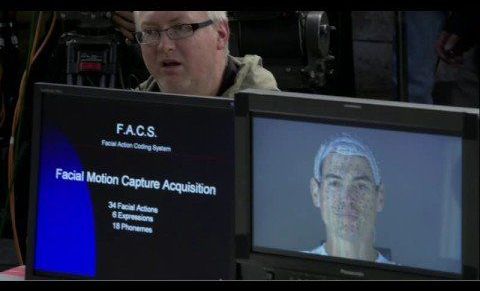Jul 1, 2019
Terahertz radiation to enable portable particle accelerators
Posted by Quinn Sena in categories: biotech/medical, materials
Researchers at MIT in the US and DESY (Deutsches Elektronen-Synchrotron) in Germany have developed a technology that could shrink particle accelerators by a factor of 100 or more. The basic building block of the accelerator uses high-frequency electromagnetic waves and is just 1.5 cm (0.6 in) long and 1 mm (0.04 in) thick, with this drastic size reduction potentially benefitting the fields of medicine, materials science and particle physics, among others.

















